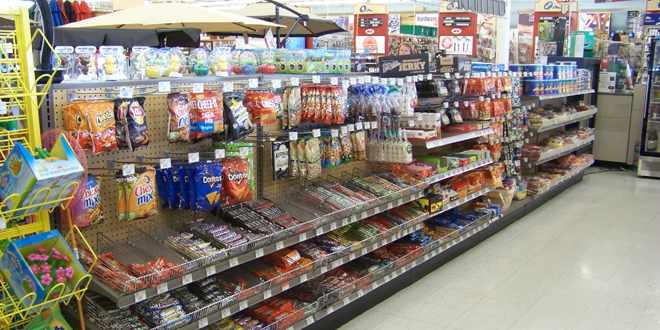In today's fast-paced world, convenience and accessibility are paramount when it comes to shopping for daily necessities. Two common types of stores that cater to these needs are convenience stores and grocery stores. While they may seem similar at first glance, there are subtle yet significant differences between the two. In this article, we will delve into the distinctions between convenience stores and grocery stores, shedding light on their unique characteristics and the advantages they offer to consumers.
- Size and Layout:
Convenience stores, also known as corner stores or mini-marts, are typically smaller in size compared to grocery stores. They are strategically located in residential areas or near busy intersections, making them easily accessible for quick purchases. The layout of convenience stores is designed for efficient browsing, with items arranged in a compact and organized manner. On the other hand, grocery stores are larger in size, offering a wider range of products. They are often situated in commercial areas and feature spacious aisles and sections dedicated to different product categories. - Product Range:
One of the key differences between convenience stores and grocery stores lies in the variety of products they offer. Convenience stores focus on providing essential items that cater to immediate needs. These include snacks, beverages, toiletries, and basic household supplies. They are designed to offer convenience for customers who require quick purchases or have limited time. In contrast, grocery stores offer a comprehensive selection of products, including fresh produce, meat, dairy, frozen foods, pantry staples, and a wide array of specialty items. They cater to customers who prefer a one-stop shopping experience and have more time for browsing. - Pricing and Pricing Strategies:
Convenience stores are known for their slightly higher prices compared to grocery stores. This can be attributed to factors such as convenience, accessibility, and the smaller scale of operations. However, convenience stores often employ pricing strategies such as bundling or offering discounts on popular items to attract customers. Grocery stores, on the other hand, benefit from economies of scale and can offer competitive prices due to their larger purchasing power. They often run weekly specials, loyalty programs, and bulk discounts to entice customers and retain their loyalty. - Services and Amenities:
While both convenience stores and grocery stores provide convenience, they differ in the additional services and amenities they offer. Convenience stores excel in providing quick and efficient service, allowing customers to make speedy purchases. They often have extended operating hours, some even operating 24/7, and offer services like bill payment, ATM access, and lottery ticket sales. Grocery stores, being larger in size, offer additional amenities such as bakery sections, delis, pharmacies, and in-store dining options. They may also provide services like online shopping, home delivery, and catering for special events.
In conclusion, convenience stores and grocery stores serve different purposes in the retail landscape. Convenience stores prioritize accessibility, speed, and immediate needs, while grocery stores offer a wider range of products and a more comprehensive shopping experience. Understanding the subtle differences between the two can help consumers make informed choices based on their specific requirements. So, whether you're in need of a quick snack or planning a full grocery run, now you know which store to head to!
